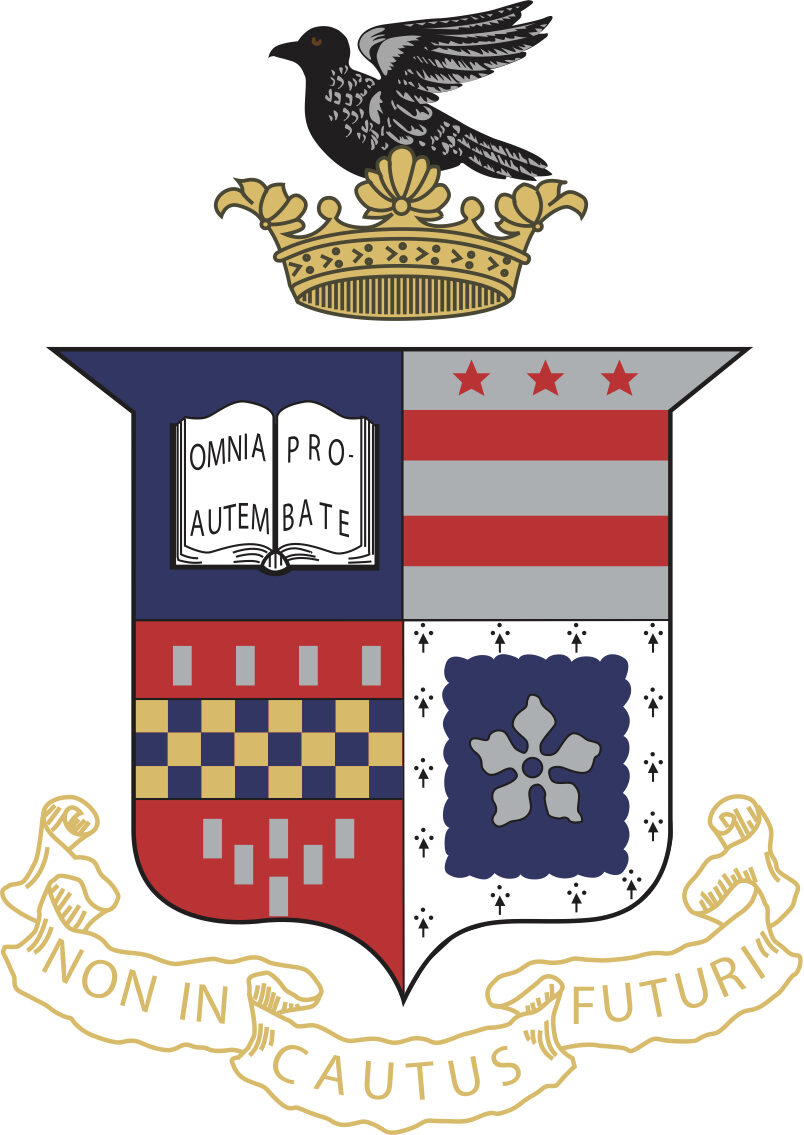This Article provides the results of an empirical study assessing the impact of panel composition in patent cases at the Federal Circuit. The dataset includes 2675 three-judge panel-level final written decisions and Rule 36 summary affirmances issued by the Federal Circuit between January 1, 2014 and May 31, 2021. The study informs the longstanding debate concerning whether the Federal Circuit is succeeding as a court with nationwide jurisdiction in patent cases and provides insight into judicial decisionmaking more broadly. And several results show that many of the worst fears that commentators have about the Federal Circuit appear overstated or untrue.
For example, the results show that, in the aggregate, patent-related ideology plays a role in voting and decisionmaking at the Federal Circuit—that is, some judges are more likely to vote in a pro-patentee direction than others. This patent ideology is not explained by political affiliation, nor is it significantly explained by the judges’ prior patent-related experience. The former observation undercuts the assumption made by scholars that if political affiliation does not predict voting in an area of law, then that area of law must either be clear and binding, or there must be a near-consensus about the appropriate principles.
The results also indicate that decisionmaking at the Federal Circuit is influenced by panel effects, which refer to changes in judges’ voting patterns based on the preferences of the other judges on the panel. The study exemplifies how prevalent panel effects can be in an area of law, considering they persist in patent cases at the Federal Circuit despite several reasons to believe panel effects may not exist.
This study also compares decisionmaking in precedential, nonprecedential, and summarily affirmed cases and finds that voting and decisionmaking is most influenced by patent ideology in precedential cases. Prior studies of judicial decisionmaking in other circuits typically focus exclusively on precedential cases, and thus must be interpreted in view of that limitation.
Furthermore, according to the results, judges do not appear to use summary affirmances as a tool to systematically bury cases opposing their patent ideology. To the contrary, decisionmaking in summarily affirmed cases is largely, if not entirely, independent of patent ideology. And judges are not more likely to summarily affirm cases coming out against their patent ideology, when considered as a fraction of the total number of opportunities to issue a summary affirmance.
The results also show that judges tend to write a disproportionate share of opinions favoring their patent ideology. As a result, there is greater risk than previously recognized that the law will develop to reflect the idiosyncratic preferences of a few judges and that opinions will be written ideologically.
